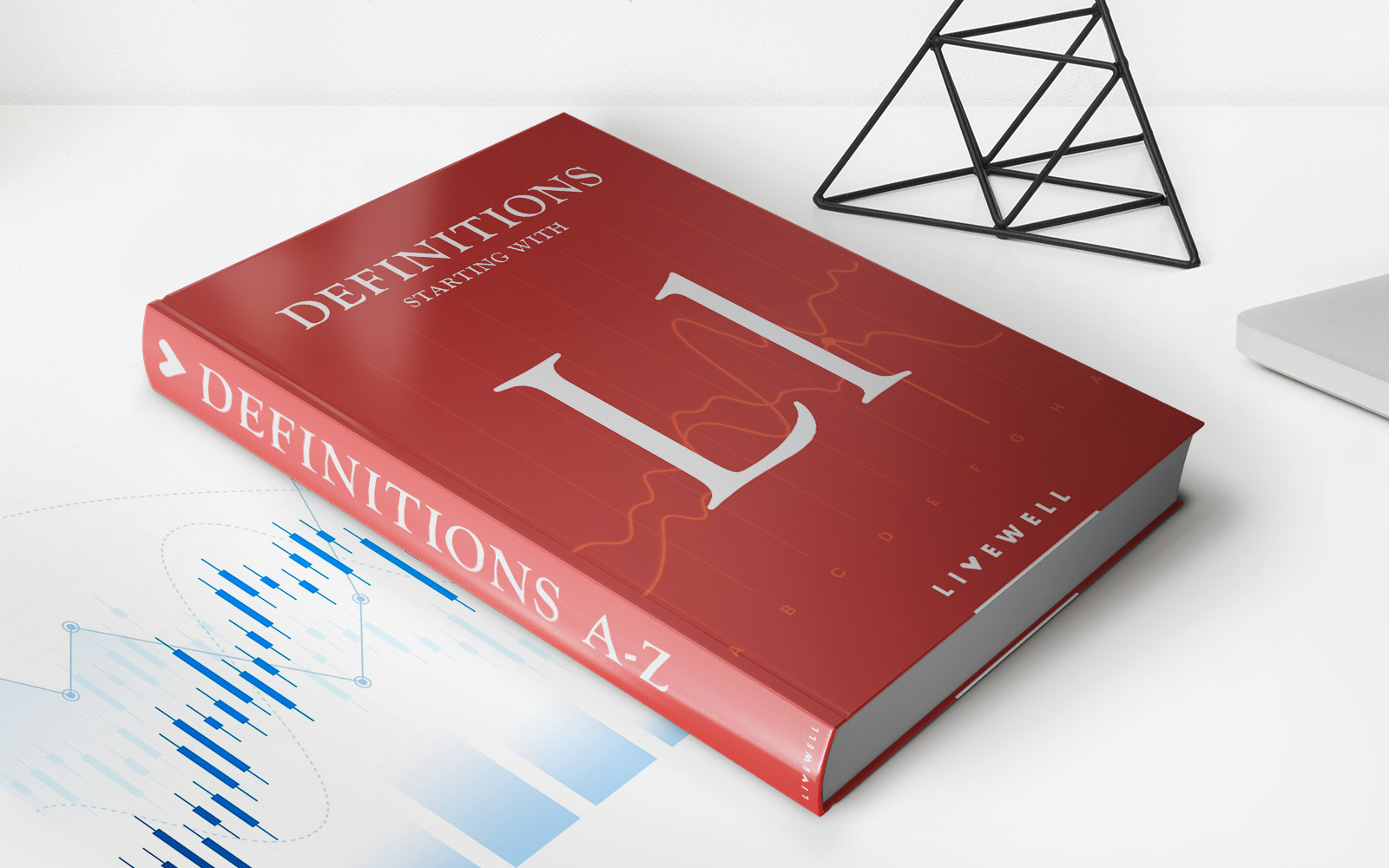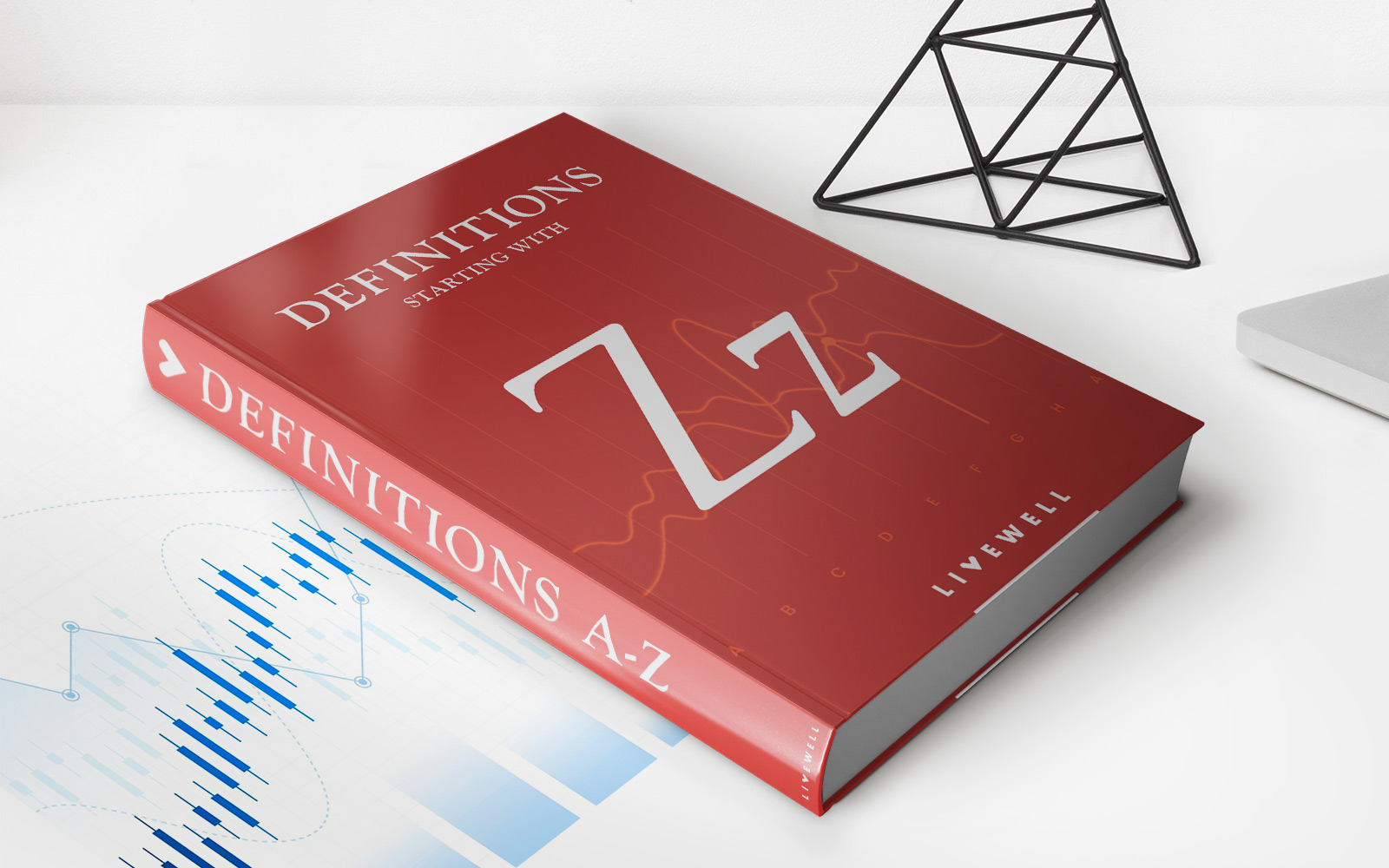

Finance
Facility: Definition, Loan Types, And Examples
Published: November 22, 2023
Learn the definition and types of finance facilities, including loans, through examples. Enhance your understanding of finance and its various applications.
(Many of the links in this article redirect to a specific reviewed product. Your purchase of these products through affiliate links helps to generate commission for LiveWell, at no extra cost. Learn more)
Facility: Definition, Loan Types, and Examples
When it comes to managing your finances, understanding the various terms and options available to you is essential. One such term that you might have come across is “facility” or “financial facility.” But what exactly does it mean? In this blog post, we will delve into the definition of facility, explore different types of loans that fall under this category, and provide some real-life examples to shed light on its practical applications.
Key Takeaways:
- A financial facility refers to an arrangement that provides individuals or businesses with access to financial resources, usually in the form of credit or loans.
- Common examples of financial facilities include overdrafts, lines of credit, and term loans.
What is a financial facility?
A financial facility is a broad term used to describe an agreement that allows individuals or businesses to obtain funds for various purposes. In simple terms, it is a mechanism through which you can access financial resources. Financial facilities are typically provided by banks, credit unions, or financial institutions.
Types of financial facilities:
There are several types of financial facilities available to meet different financial needs. Let’s explore some common examples:
- Overdraft: An overdraft facility enables individuals or businesses to withdraw more money from their bank account than what is available in their balance. This flexible form of credit can be used to cover unexpected expenses or bridge temporary cash flow gaps.
- Line of Credit: A line of credit is a pre-approved loan arrangement that allows borrowers to access funds up to a specific credit limit. Borrowers can withdraw and repay funds as needed, paying interest only on the amount utilized. This type of facility is often utilized by businesses to manage cash flow fluctuations.
- Term Loan: A term loan provides borrowers with a lump sum amount, which is typically repaid over a predetermined period with regular installments. It is commonly used for large purchases or business expansion plans.
Real-life examples of financial facilities:
Now that we have a good understanding of different types of financial facilities, let’s look at some practical examples:
- Jackson’s Bakery: Jackson’s Bakery obtains a line of credit from a bank to manage their inventory needs. They can dip into the credit line when they need to order large batches of ingredients and repay the amount once they sell their products.
- Emily’s Furniture Store: Emily’s Furniture Store takes out a term loan from a financial institution to renovate and expand their retail space. The loan is paid back over a specific period with fixed monthly payments, allowing the business to make gradual repayments while enjoying the expanded premises.
- David’s Personal Account: David has an overdraft facility linked to his personal bank account. During a month with unexpected expenses, David falls short of funds to pay his bills. Thanks to the overdraft facility, his bank covers the additional costs, ensuring that his bills are paid on time without any financial stress.
Financial facilities play a crucial role in ensuring the smooth functioning of businesses and providing individuals with the necessary resources during challenging times. Understanding the different types of facilities available to you can help you make informed financial decisions and optimize your financial management strategies.
So, next time you come across the term “financial facility,” you’ll have a better grasp of what it entails and how it can be used to your advantage.














